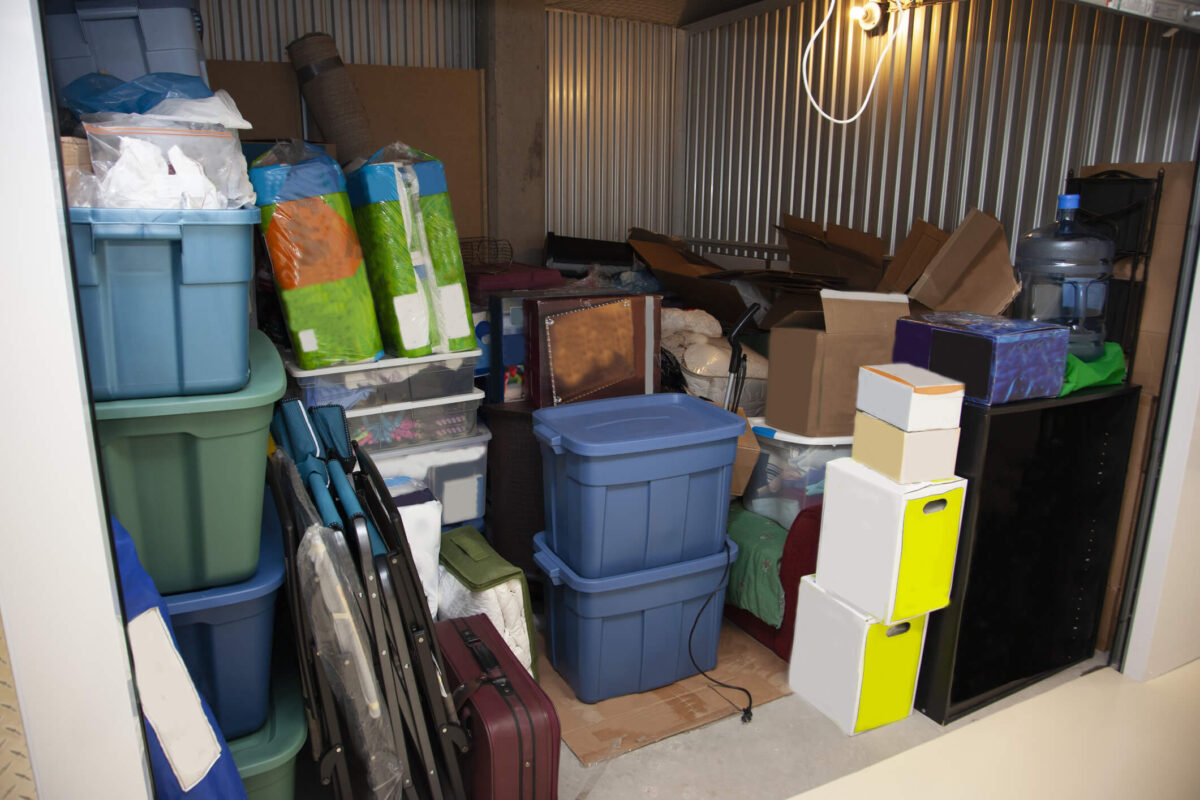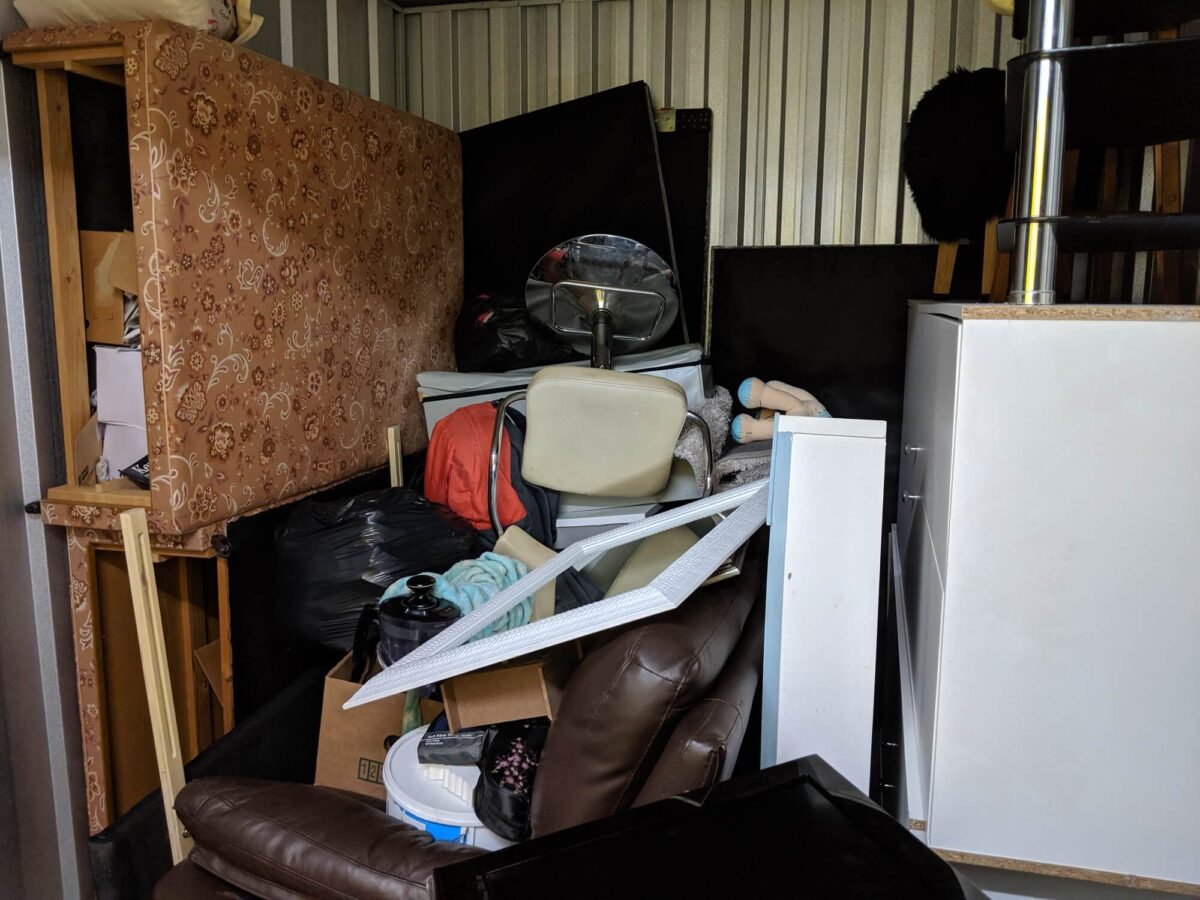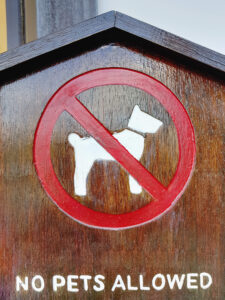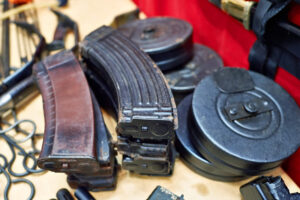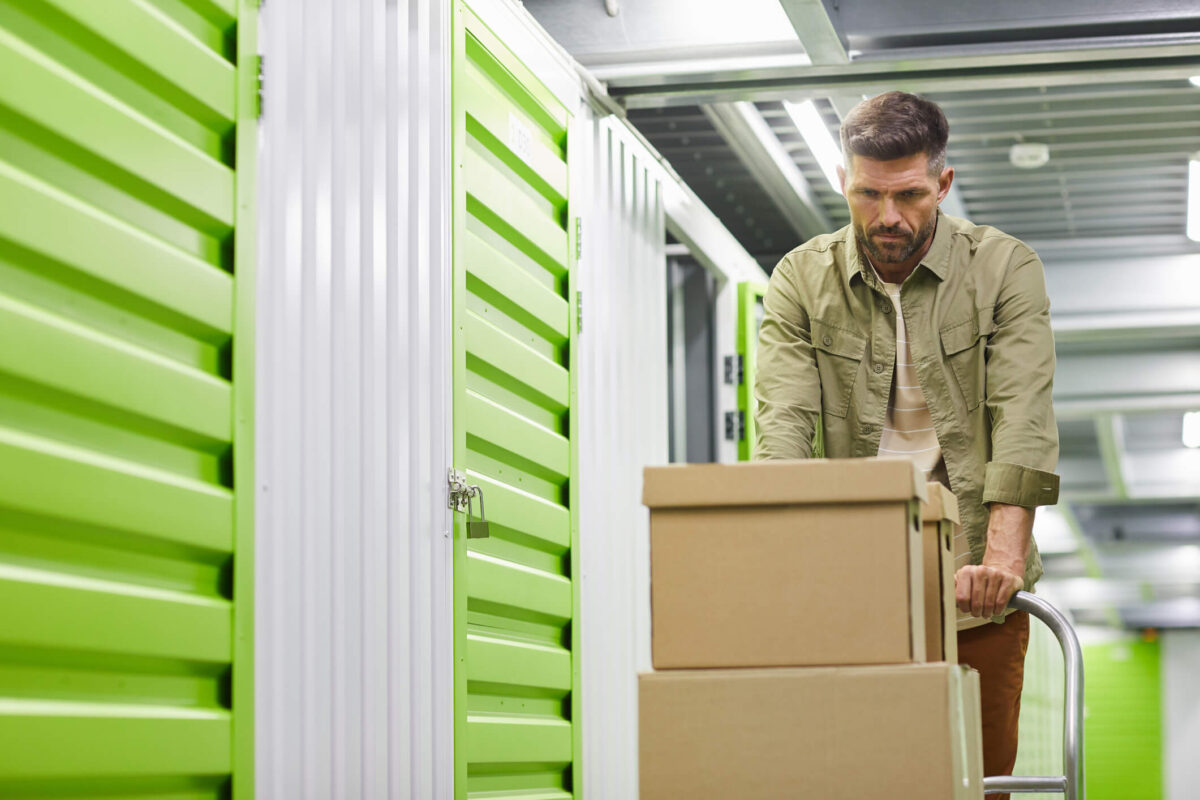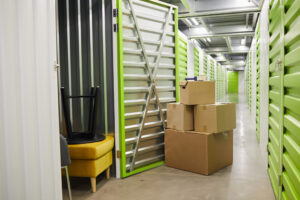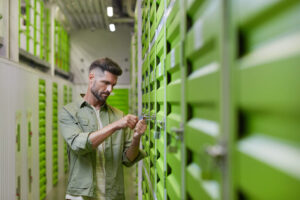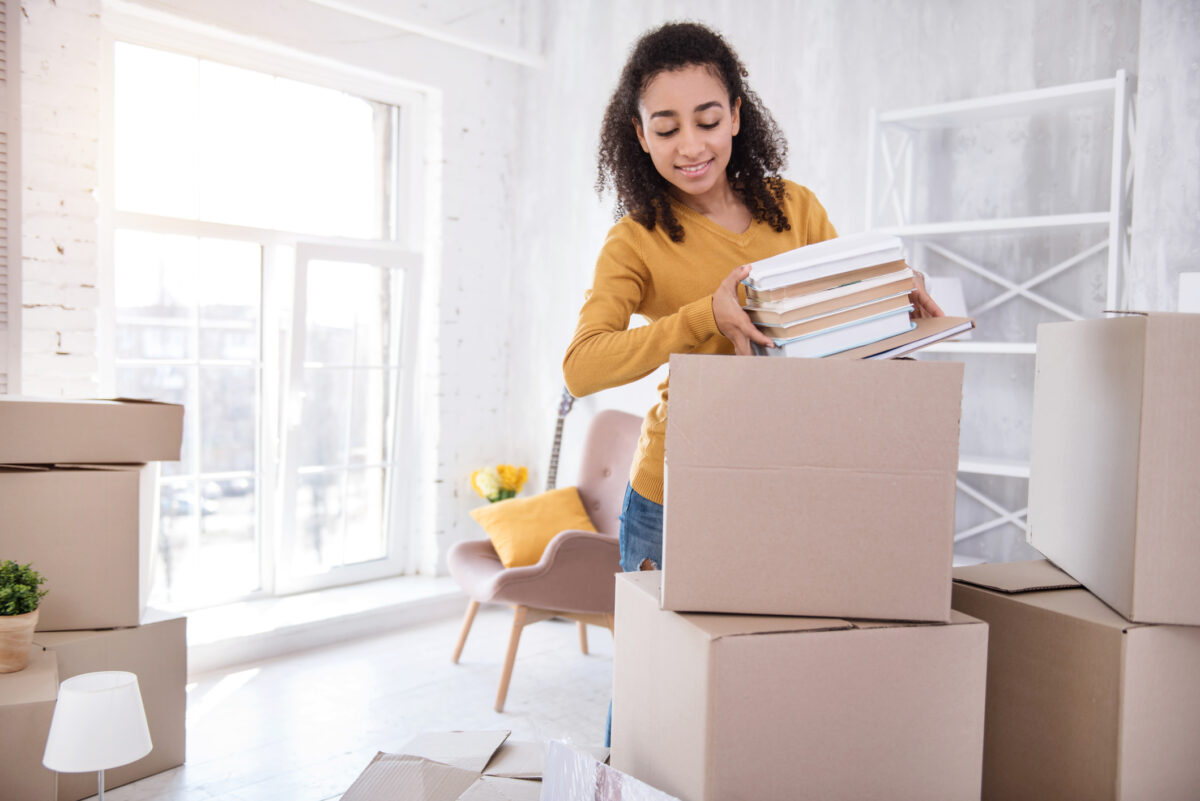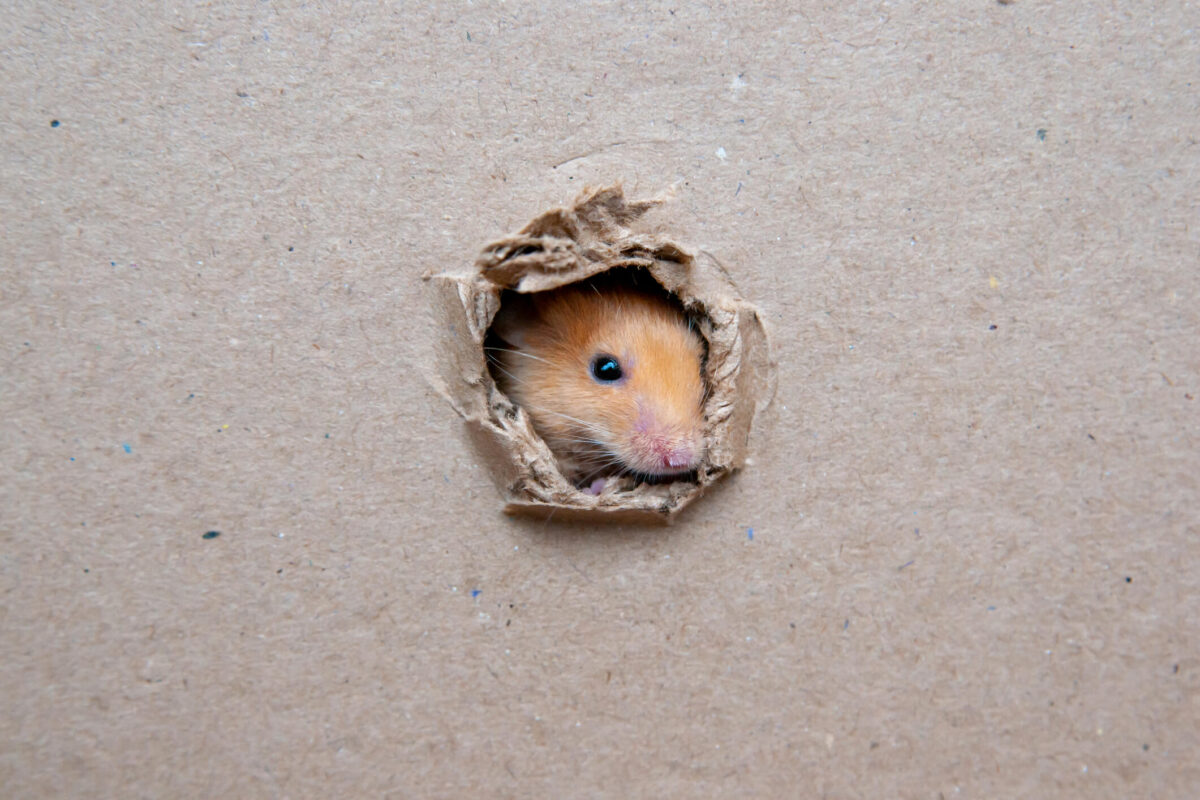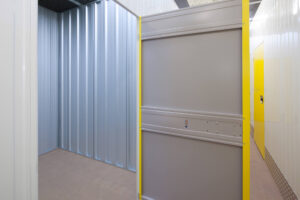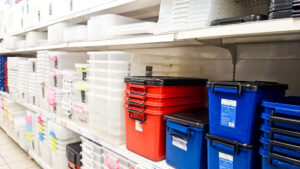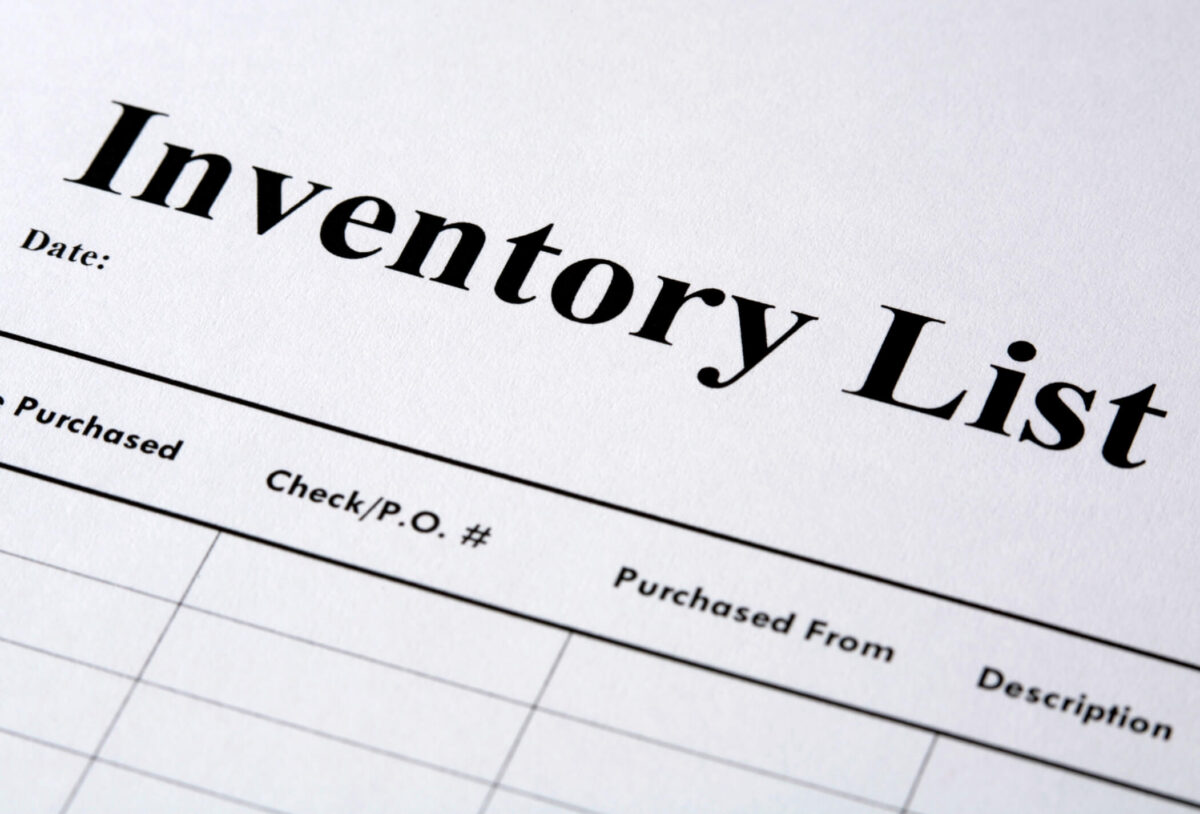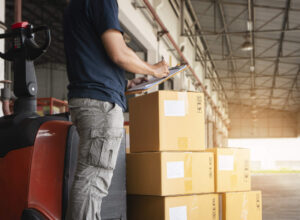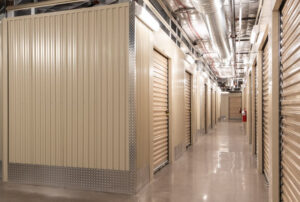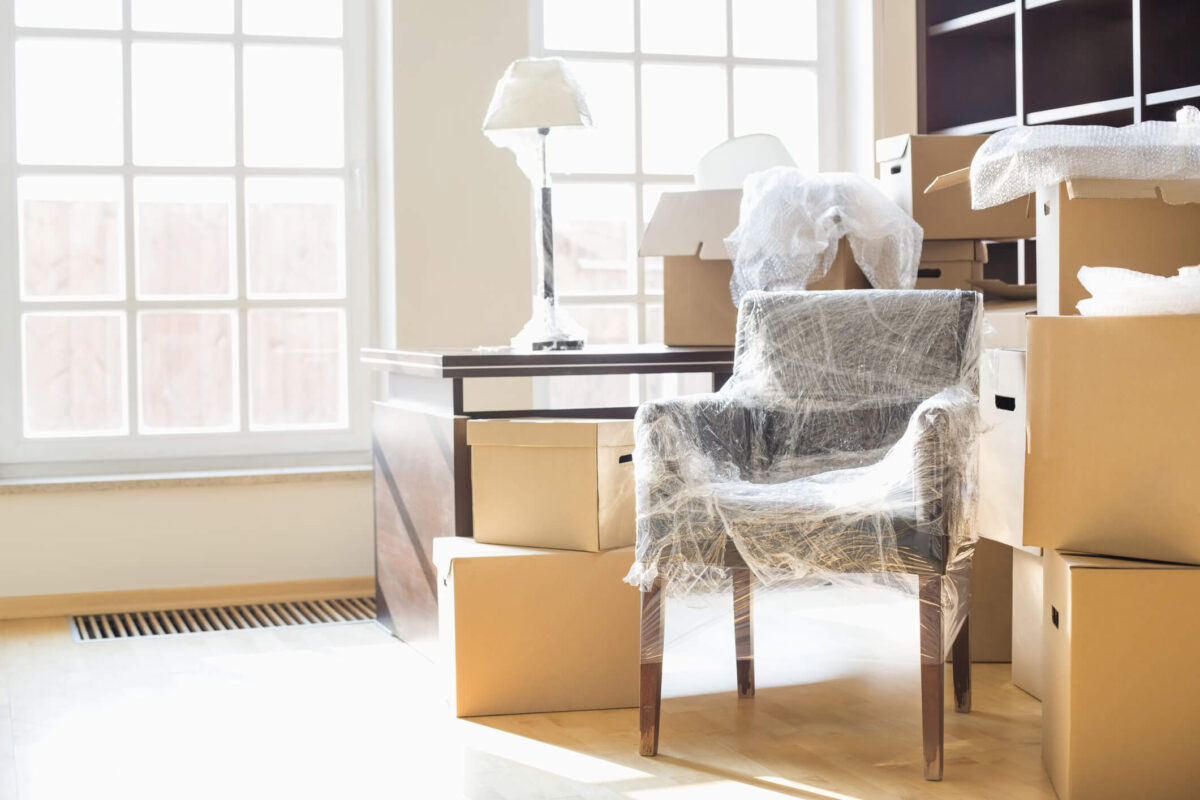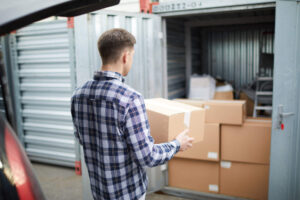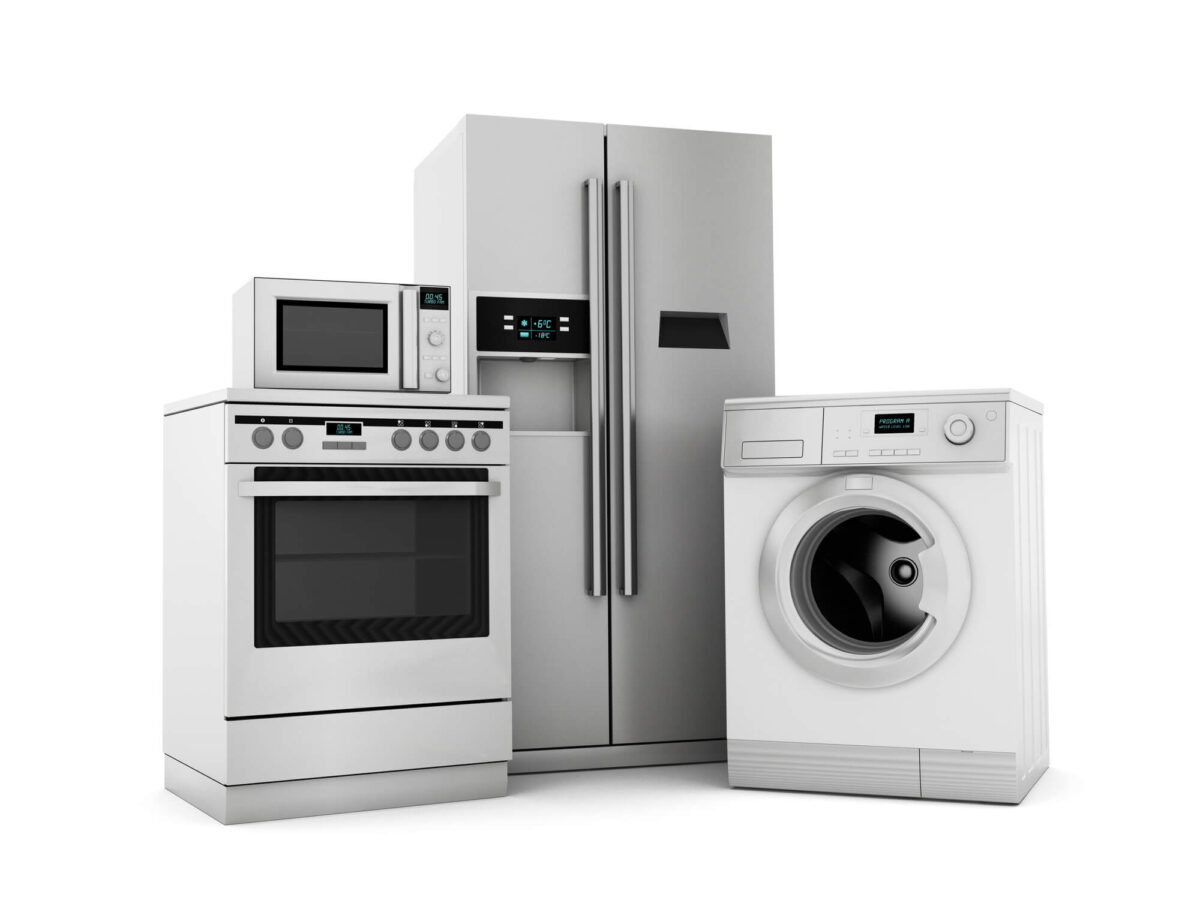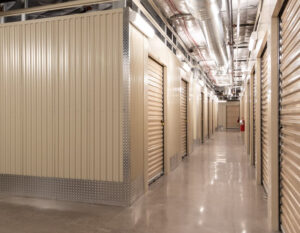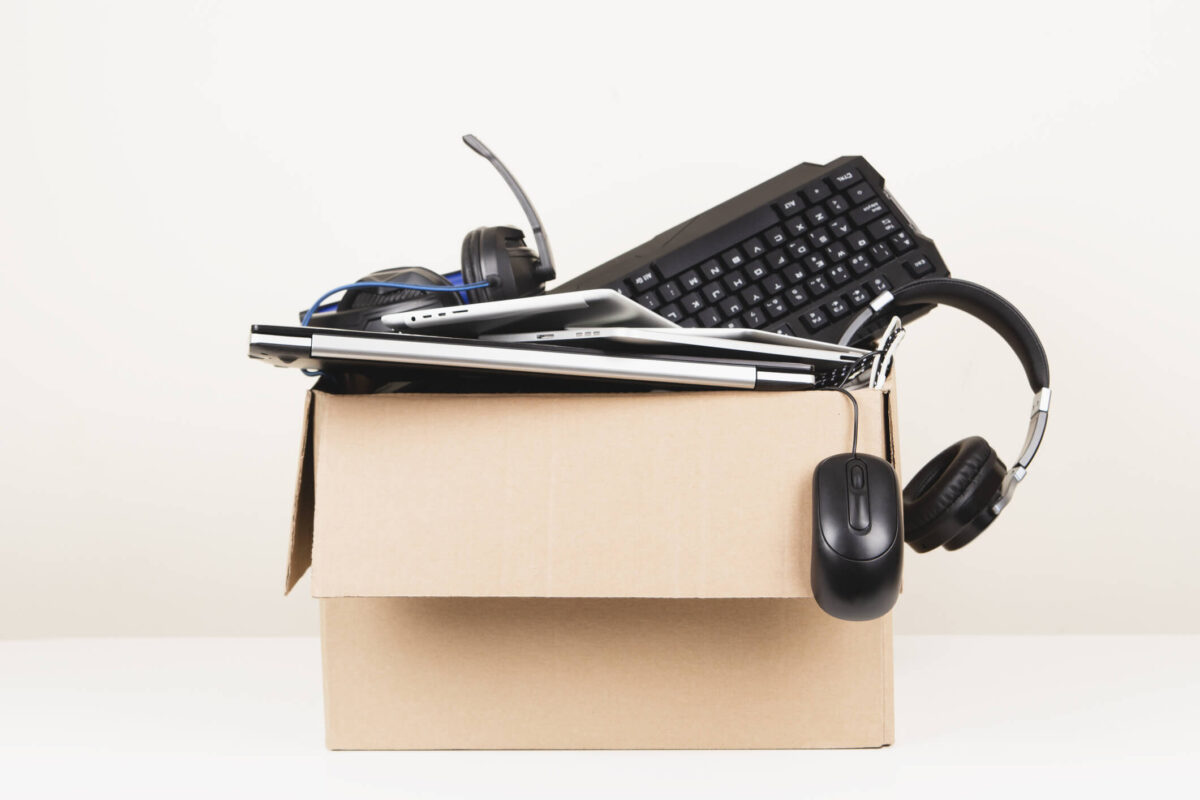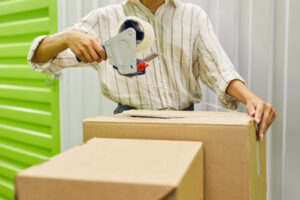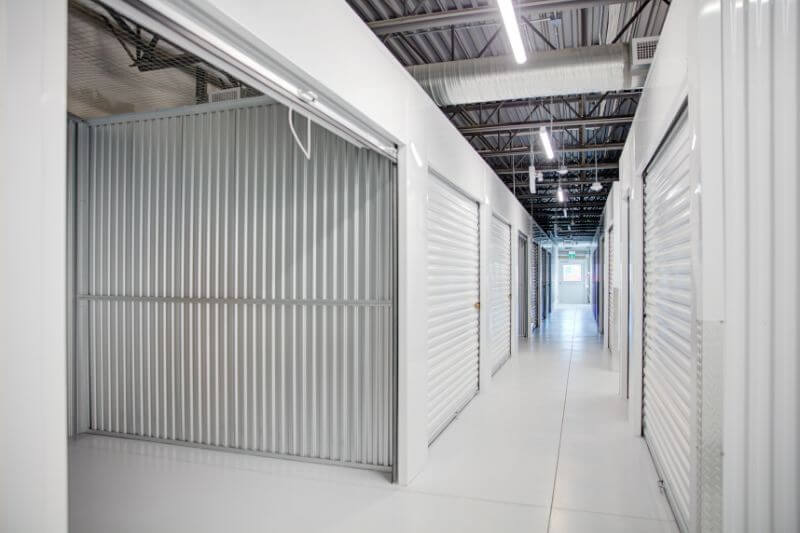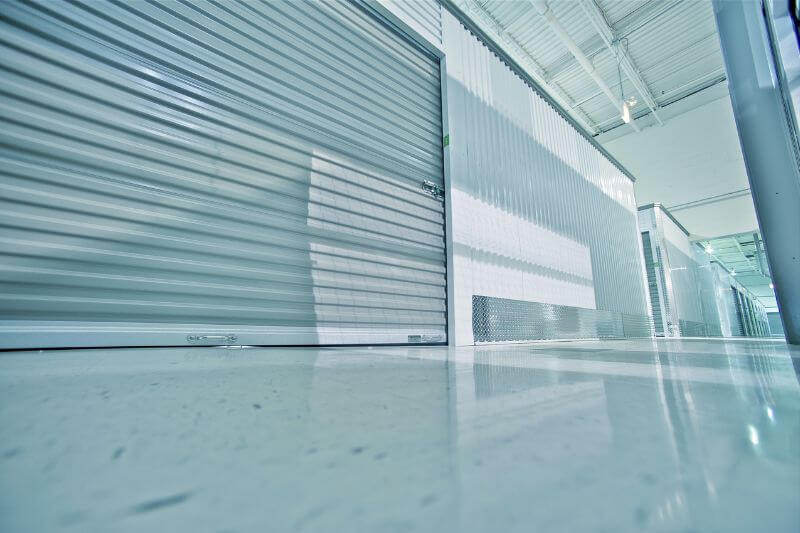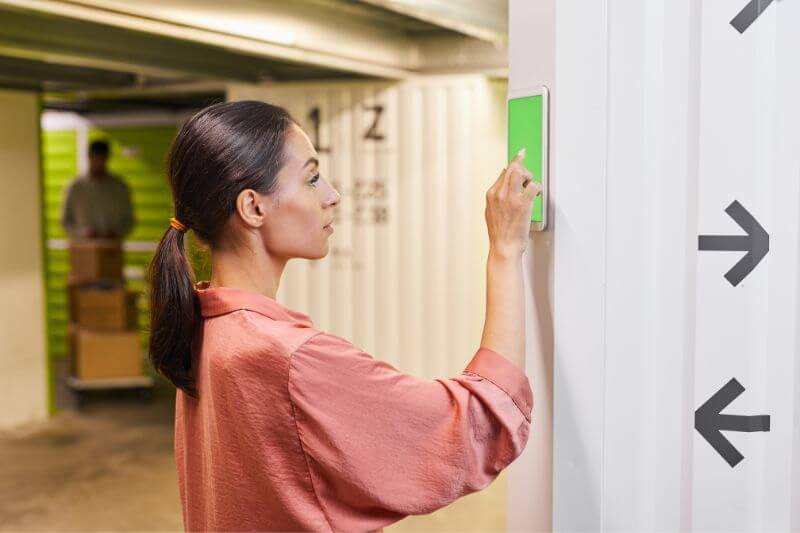Are you considering renting a 10×20 storage unit but need to know how much it can hold? Whether you’re in the process of moving, downsizing, or needing extra space to store your belongings, understanding what fits in a 10×20 storage unit of this size can help you make informed decisions and maximize the utility of your rental space.
Understanding the Dimensions
A huge storage size or a 10×20 storage unit, measuring 10 feet wide by 20 feet long and totaling 200 square feet of space, offers ample room akin to a standard one-car garage. Its dimensions accommodate a wide array of items, from bulky furniture pieces to smaller belongings.
With its generous space, individuals can comfortably store large items like sofas, mattresses, and appliances, alongside boxes of various sizes containing clothes, books, kitchenware, and decorations. This storage unit size also allows for the storage of vehicles such as cars or small boats, making it a versatile option for both personal and business storage needs.
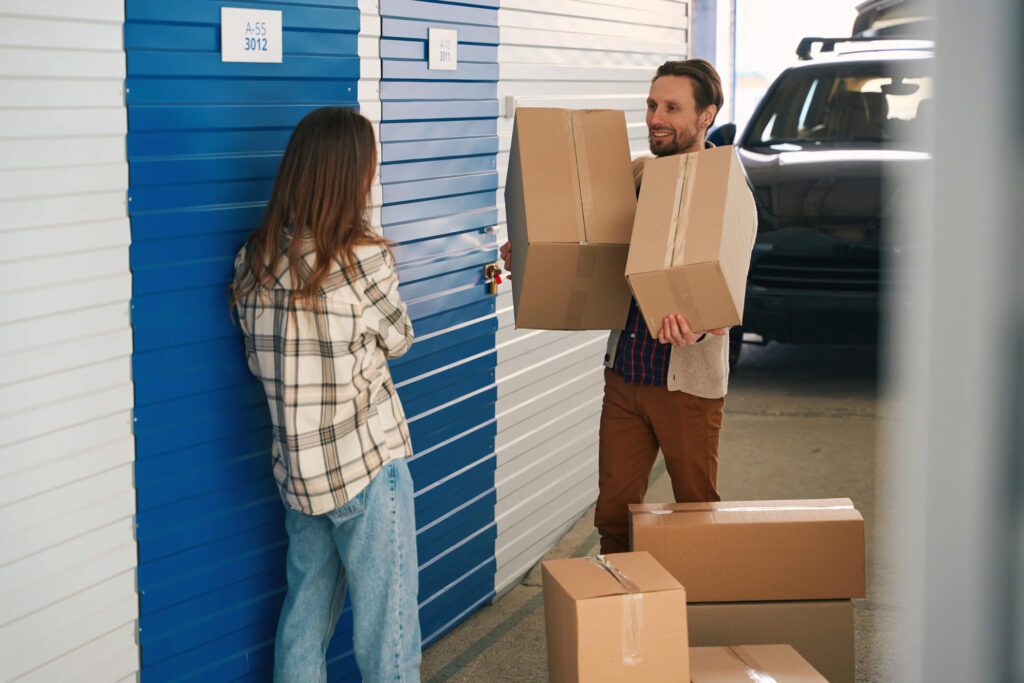
What Fits Inside?
10×20 storage units offer ample room for various items, making them suitable for personal and business storage. Let’s explore what you can expect to fit inside this spacious storage unit and some tips for optimizing the available space.
1. Furniture
One of the primary uses for a 10×20 storage unit is storing furniture. With its generous dimensions, you can comfortably fit the contents of a one to two-bedroom apartment or house. Common items include:
- Couches and sofas
- Armchairs
- Coffee tables
- Dining tables and chairs
- Beds and mattresses
- Dressers and wardrobes
When storing furniture (e.g., living room furniture, patio furniture, and bedroom furniture), disassemble larger pieces whenever possible to maximize space. This not only facilitates more accessible transport but also enables the stacking of components, such as chairs and tables.
Additionally, storing mattresses and bed frames vertically rather than horizontally can further maximize floor space within the unit, ensuring efficient utilization of the available area.
2. Appliances
When it comes to storing appliances in a 10×20 storage unit, there’s ample room to accommodate various household essentials. From refrigerators and washing machines to stoves and dryers, these bulky items can be neatly arranged to optimize space.
Remember to clean and dry appliances thoroughly before storage to prevent mold and mildew buildup. Additionally, consider leaving refrigerator and freezer doors slightly ajar to ensure proper ventilation.
With careful planning and organization, you can effectively utilize the available space in your storage unit while keeping your appliances in top condition for future use.
3. Boxes and Containers
Utilize sturdy boxes and containers to organize and store smaller items efficiently. Label boxes clearly to easily locate items when needed. Common household items to store in boxes include:
- Clothing and linens
- Books and documents
- Kitchenware and small appliances
- Electronics
- Decorations and seasonal items
To make the most of the available space, it’s important to maximize vertical storage by strategically stacking boxes and containers. Heavier items should be placed at the bottom to ensure stability, while lighter ones can be safely stacked on top.
Additionally, incorporating shelving units into the storage layout further optimizes space by providing additional storage space and keeping items off the floor, ultimately creating a more organized and accessible storage environment.
4. Vehicles and Recreational Equipment
For those needing to store vehicles or recreational equipment, a 10×20 storage unit provides ample space. You can store:
- Cars
- Motorcycles
- Bicycles
- Kayaks or canoes
- Camping gear
- Sports equipment
To optimize the space further, consider investing in storage racks or wall-mounted hooks. These accessories enable you to store bicycles, kayaks, and sports equipment vertically, effectively utilizing the height of the unit and leaving more floor space available for larger items like vehicles or bulky furniture.
When it comes to car storage, a 10×20 storage unit can accommodate a compact car, making it an ideal option for those in need of a secure place to store their vehicle. This strategic approach not only maximizes the storage capacity but also ensures easy accessibility to your recreational gear whenever needed.
5. Miscellaneous Items
Finally, a 10×20 storage unit can accommodate various miscellaneous items, including:
- Tools and equipment
- Gardening supplies
- Seasonal decorations
- Musical instruments
- Business inventory or supplies
To ensure the longevity of your stored items, it’s essential to clean, dry, and properly package them before storage. Utilizing storage bins or shelves helps maintain organization and facilitates easy access to smaller items amidst the array of belongings within the unit.
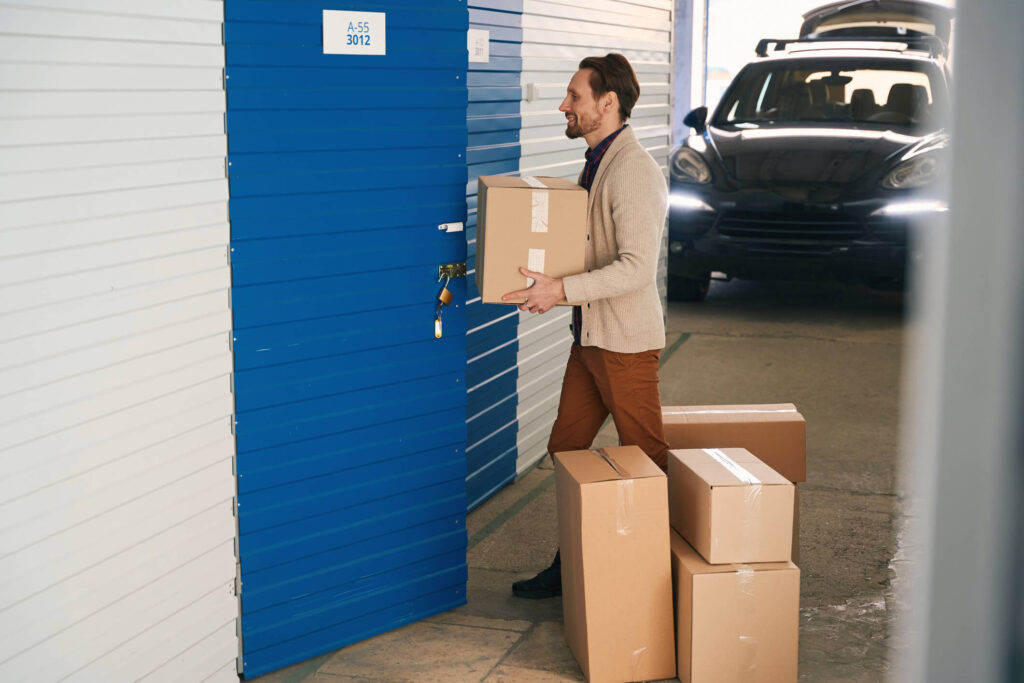
Tips for Maximizing Space
To make the most of your 10×20 storage unit, consider the following tips:
1. Plan and Organize – Before filling your 10×20 storage unit, take the time to create a detailed layout plan. Visualize where each item will go, considering accessibility and space optimization. Planning ahead allows you to arrange your belongings strategically, maximizing the available space and ensuring easy access to items when needed.
2. Use Vertical Space – To maximize floor space, invest in sturdy shelving units and utilize vertical storage. Stack boxes and lighter items on shelves, freeing up valuable floor space for larger furniture pieces or vehicles. By utilizing vertical space effectively, you can store more items while maintaining an organized and accessible storage unit.
3. Optimize Packing – When packing items for storage, aim to pack them tightly to prevent wasted space. Use uniform-sized boxes for easy stacking, ensuring stability and maximizing the use of available space. Consider disassembling large furniture items to save space and packing smaller items inside larger ones to make the most of every inch of your storage unit.
4. Label Everything – Clearly label boxes and containers with their contents to streamline the retrieval process. By labeling each box, you can quickly locate specific items without the need for extensive searching or unpacking. This not only saves time but also helps maintain organization within the self storage unit, preventing unnecessary clutter and confusion.
5. Create Aisles – Leave narrow aisles between stacks of boxes and furniture to facilitate easy access to items stored towards the back of the unit. By creating clear pathways, you can navigate through the storage unit without obstacles, ensuring that every item remains accessible whenever needed. Additionally, periodically rearrange items to maintain access to all parts of the unit and prevent items from becoming inaccessible over time.
6. Consider Climate Control – If you’re storing items that are sensitive to temperature and humidity fluctuations, such as electronics, wooden furniture, or important documents, investing in a climate-controlled storage unit is worth considering. Climate control helps protect your belongings from damage caused by extreme environmental conditions, ensuring they remain in optimal condition for the duration of their storage.
By implementing these tips, you can make the most of your 10×20 storage unit, optimizing space and ensuring that your belongings are stored safely and securely. Whether you’re storing furniture, appliances, vehicles, or miscellaneous items, strategic planning and organization are key to maximizing the efficiency of your storage space.
Choosing the Right Storage Solution for Your Needs
When seeking a storage solution for your various needs, it’s essential to consider the range of items you plan to store. Whether it’s sporting goods, toys, files, holiday decorations, exercise equipment, kitchen appliances, or office furniture, a well-organized storage unit can accommodate them all.
Before selecting a storage facility, assess your storage needs and determine the appropriate size unit. Most facilities offer a variety of storage unit sizes to suit different requirements. Once you’ve identified the right size, review the rental agreement carefully to understand the terms, including pricing, access hours, and security measures.
Ensure the facility has availability for your desired timeframe and inquire about any current promotions or discounts. With the right storage facility and a well-planned approach, you can safely store your belongings and declutter your living spaces effectively.
FAQs
Here are some frequently asked questions about what fits in a 10×20 storage unit:
Q. How many boxes can I fit in a 10×20 storage unit?
The number of boxes you can fit in a 10×20 storage unit depends on several factors, including the size of the boxes and how tightly you pack them. However, as a rough estimate, you could potentially fit around 100 to 150 medium-sized moving boxes in a 10×20 unit. Keep in mind that this number can vary based on the layout of the unit and the size of your items. It’s always a good idea to create a layout plan and utilize vertical space to maximize storage capacity.
Q. What gardening tools can fit in a 10×20 storage unit?
A 10×20 storage unit provides sufficient space to accommodate a wide range of gardening tools. You can store essentials like shovels, rakes, hoes, hand trowels, pruners, and garden hoses. Additionally, larger items such as lawnmowers, wheelbarrows, and gardening pots can typically fit comfortably in this size of storage unit. With proper organization and utilization of vertical space, you can efficiently store all your gardening equipment while still leaving room for other items.
Q. What types of vehicles can fit in a 10×20 storage unit?
A 10×20 storage unit can typically accommodate various types of vehicles, including cars, motorcycles, small boats, jet skis, ATVs, and bicycles. The spacious dimensions of the unit provide ample room for storing vehicles securely, making it a convenient option for vehicle storage needs.
Q. How much is a 10×20 storage unit?
The cost of a 10×20 storage unit can vary depending on factors such as location, amenities, and demand. On average, you can expect to pay anywhere from $100 to $300 per month for a standard 10×20 unit. However, prices may be higher in urban areas or facilities with climate control and enhanced security features. It’s recommended to contact local storage facilities for accurate pricing information based on your specific needs and location.
Q. How do I find cheap 10×20 storage units near me?
To find affordable 10×20 storage units near you, start by researching local storage facilities online or through directories. Compare prices, promotions, and available amenities. Additionally, consider reaching out directly to storage companies to inquire about any current deals or discounts. Don’t forget to check for customer reviews and ratings to ensure you’re selecting a reputable facility.
Rent a Storage Unit Today!
At McDowell Mountain Community Storage, we’re dedicated to providing solutions tailored to your storage needs, including insights into what fits in a 10×20 storage unit. Our spacious 10×20 units are designed to accommodate a wide range of belongings, from furniture and appliances to vehicles and miscellaneous items. Whether you’re in the midst of a move, decluttering your home, or seeking long-term storage solutions, our units offer ample space to securely store your possessions. Our self storage facilities provides easy access for residents in Scottsdale, Arizona.
Contact us today to rent one of our self storage units and experience the peace of mind that comes with knowing your belongings are safe and accessible whenever you need them!


